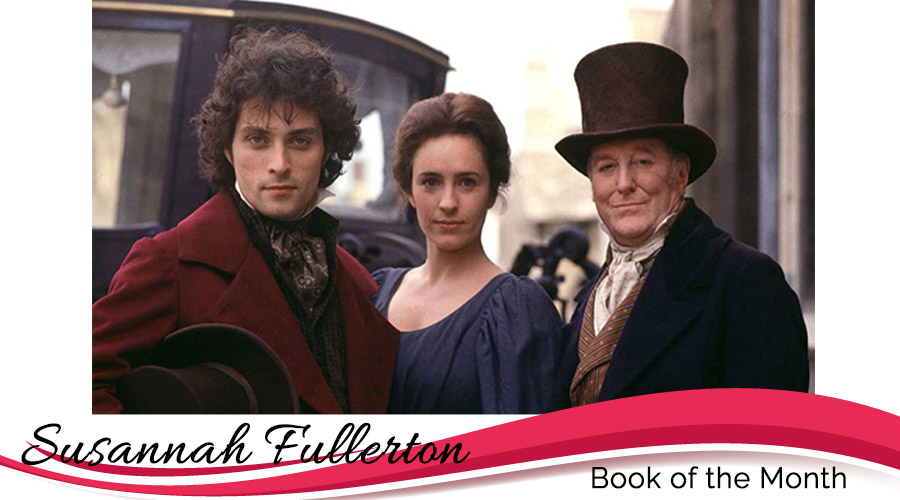
There are several others in the works, including one by New Yorker contributor Daniel Mendelsohn, about reading The Odyssey with his ailing father, while I recently published a book on the genesis of The Great Gatsby, so I have something of a stake in this game.Īnd now comes a stylish meditation called The Road to Middlemarch, a personal reflection on Eliot's masterpiece and the meanings it's had for Rebecca Mead, a British journalist living in New York City. This year promises a bonanza of similar projects, with the emphasis on making classic literature "accessible" to modern audiences, including Reading Dante, by Prue Shaw Give War and Peace A Chance, by Tolstoy scholar Andrew D Kaufman and Kevin Birmingham's The Most Dangerous Book: The Battle for James Joyce's Ulysses, which is due out this summer. Michael Gorra's 2012 Portrait of a Novel probably leads this new field, a magisterial blend of scholarship, literary criticism, biography, social history and a bit of travelogue, as Gorra retraces Henry James's writing of The Portrait of a Lady. Robert had been married previously, with two children (a son, also named Robert, and a daughter, Fanny), and Eliot had four full-blooded siblings as well: an older sister, Christiana (known as Chrissey), an older brother, Isaac, and twin younger brothers who died in infancy.T he last few years have seen a surge in non-fiction books about the origins and afterlives of classic fiction, and, as with the writing of lives, so the writing of the lives of books can be literary, historical, biographical, autobiographical, essayistic or some combination of them all. Her father, Robert Evans, was an estate manager for a nearby baronet, and her mother, Christiana, was the daughter of the local mill owner.

Notable Quote: “It is never too late to be what you might have been.”Įliot was born Mary Ann Evans (sometimes written as Marian) in Nuneaton, Warwickshire, England, in 1819.

Wallington's, Misses Franklin's, Bedford College


 0 kommentar(er)
0 kommentar(er)
